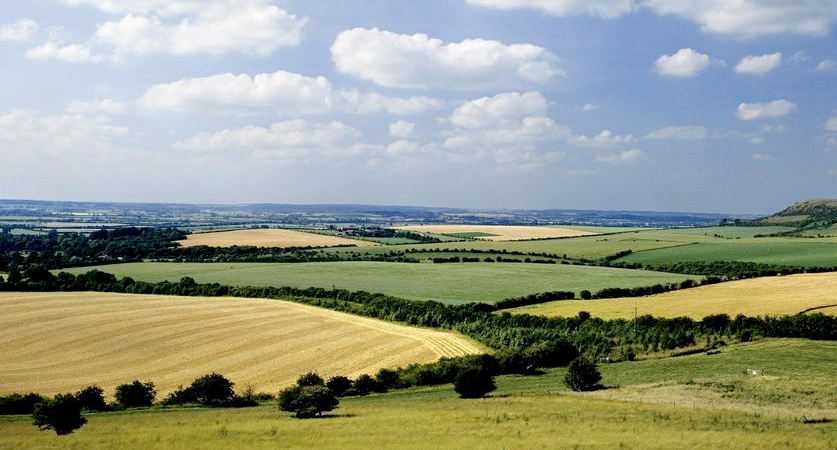
The number of farmers selling rural land has increased to 50%, whilst the number of farmers buying land has dropped with the lifestyle buyer now the prominent purchaser of farmland.
The changing face of rural land and residential housing market, regulatory changes affecting farmers and estate owners, tax planning and the state of the UK lending market were amongst the topics assessed recently at the Savills Autumn rural seminar at Stoke Rochford Hall, Grantham.
The seminar, titled ‘forecasting the future for rural property’ saw over 150 local landowners, farmers and professionals gather to hear experts from Savills, Roythornes Solicitors and C.Hoare & Co. discuss the latest trends affecting rural and residential property in the area.
Johnny Dudgeon, head of the Lincoln office at international real estate adviser Savills, who chaired the event, said: “We were delighted to welcome so many local farmers, landowners and professionals as they came out in force to join us at our Autumn seminar. Rural property owners are facing an unprecedented level of change: from the shifts in the state of the rural land market to changes in legislation to taxation issues.
“We hope that the event has highlighted the important priorities for rural business, as well as providing some interesting insight from our residential research team and an opportunity to network.”
Andrew Pearce, head of the Midlands farm agency team at Savills Lincoln explained how the number of farmers selling rural land has now increased.
He said: “Farmers are selling due to a number of reasons including locking in to the high land values, relocating to cheaper geographical areas, retirement and downsizing.
“The supply of farmland offered on the open market in the East Midlands has increased by 82% from 9,070 acres in 2014 to 16,460 acres in 2015 to date. This is far more than the average of just 10% across England. We must remember that in historical terms, the level of supply across Great Britain is still very low”.
The latest Savills Farmland Value Survey shows that prime arable lend fell by five percent to a figure of £9,170 per acre in the East Midlands in the first three quarters of 2015.
Andrew added: “This is almost certainly a result of an increase in supply coupled with lower commodity prices, which has resulted in a decrease in demand. In spite of this, it should be noted that prime arable prices are still at historically high levels compared to previous years.
“It’s not all doom and gloom by any means: as one market closes, another one opens. Investment in farmland over a 3, 5, 10, 20 and 30 years period has outperformed most other investment sectors including commercial property, residential and equities. It is certainly an asset class that should be included in any investment portfolio”.
Julie Robinson, Agriculture Partner at Roythornes Solicitors addressed regulatory changes affecting farmers and estate owners. She said:
“There are a whole host of regulatory changes for farmers and estate owners to get their heads around at the moment. Not all of it is negative but there’s no escaping the fact that anyone letting property, whether commercial or residential, has seen their bureaucratic burden increase.
“Changes to the Model Clauses governing traditional tenancies need looking at; they have been updated and in some instances, the default repairing liability has moved. For farmers letting cottages on assured shorthold tenancies, new rules came into force on 1 October which, if ignored, are likely to cause problems further down the line. In addition, farms and estates are having to cope with the energy efficiency regulations that affect both residential and commercial properties. Taking action now will help avoid properties becoming unlettable from April 2018”.
Agricultural Property Relief (APR), Inheritance Tax and the Main Residence Nil Rate Allowance were amongst the issues discussed by Jarred Wright, Tax Partner at Roythornes Solicitors. Commenting on Inheritance Tax and APR, he said:
“With the value of Inheritance Tax reliefs being seven times higher than the amount of Inheritance Tax collected, the continued availability of Agricultural Property Relief is likely to remain a key topic for debate. Its abolition is likely to lead to a distortion of the marketplace with the need for traditional land and use arrangements to be restructured. It will not be good news for those who license land for grazing or specialist cropping as HMRC already challenge grazing arrangements as not being a trading activity.
“It is vital that landowners build the uncertainty around the continuation of Agricultural Property Relief into their tax and succession planning”.
